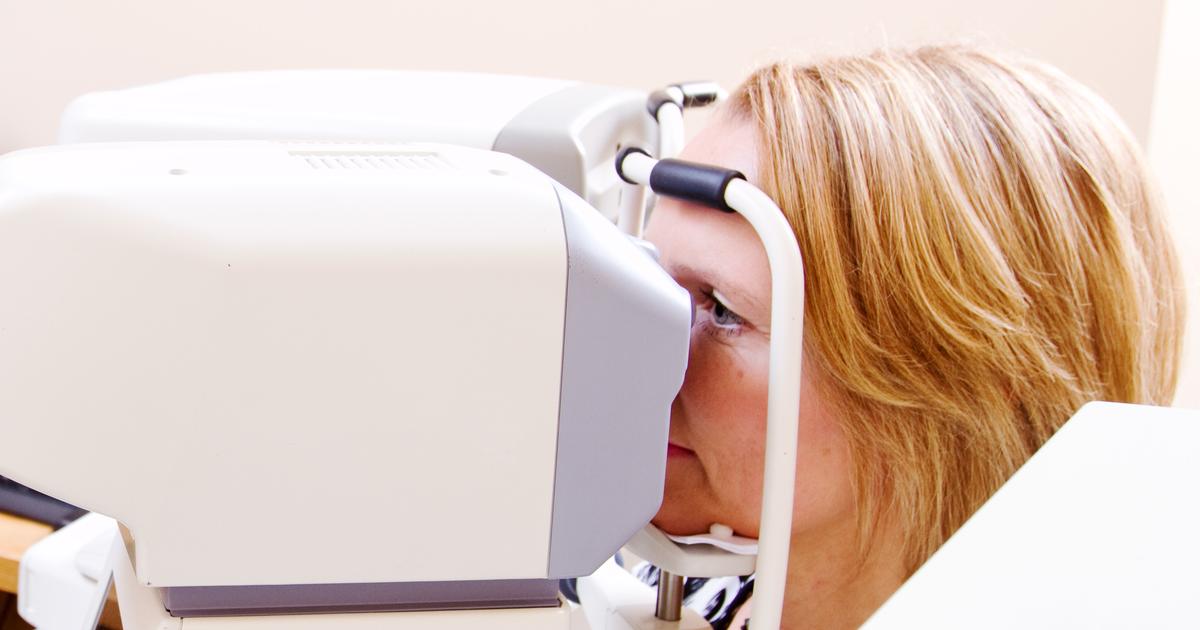Risk Factors That Can Lead To Glaucoma
As the second leading cause of blindness, it is important to understand the risk factors associated with glaucoma. Glaucoma refers to a group of diseases in which damage to the optic nerve fibers causes irreversible vision loss. The disease is progressive, which means vision loss does not just suddenly occur, but rather the affected individual's vision will slowly decline over the years before it diminishes completely. Since the vision loss is irreversible, it is crucial for individuals to catch glaucoma as early as possible, which is where regular eye exams come into play, particularly for individuals at a higher risk of developing glaucoma than others.
Get the full details on what factors increase an individual's risk of developing glaucoma now.
Eye Pressure

Individuals who have a high rate of pressure in their eyes, which is also known as intraocular pressure, are at an increased risk of developing open-angle glaucoma. Normal eye pressure is typically anywhere between twelve and twenty-to millimeters of mercury (mmHg). Anything beyond twenty-two millimeters of mercury is considered high. Individuals with higher eye pressure than normal are considered glaucoma suspect, because eye pressure alone does not necessarily indicate glaucoma is present, though it is a significant risk factor. Higher eye pressure without glaucoma is referred to as ocular hypertension. Individuals with higher than normal eye pressure should make it a point to have frequent eye exams to monitor for glaucoma, since, as stated, vision loss from this condition is permanent.
Read more about what increases the risk of glaucoma now.